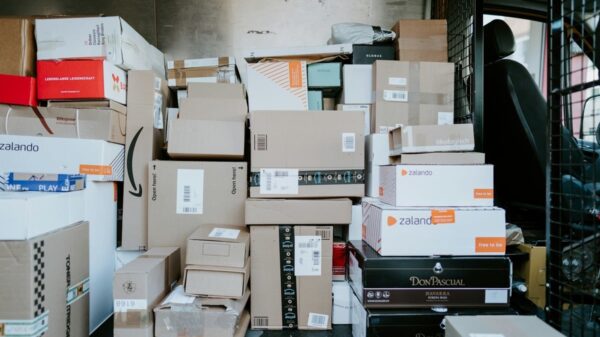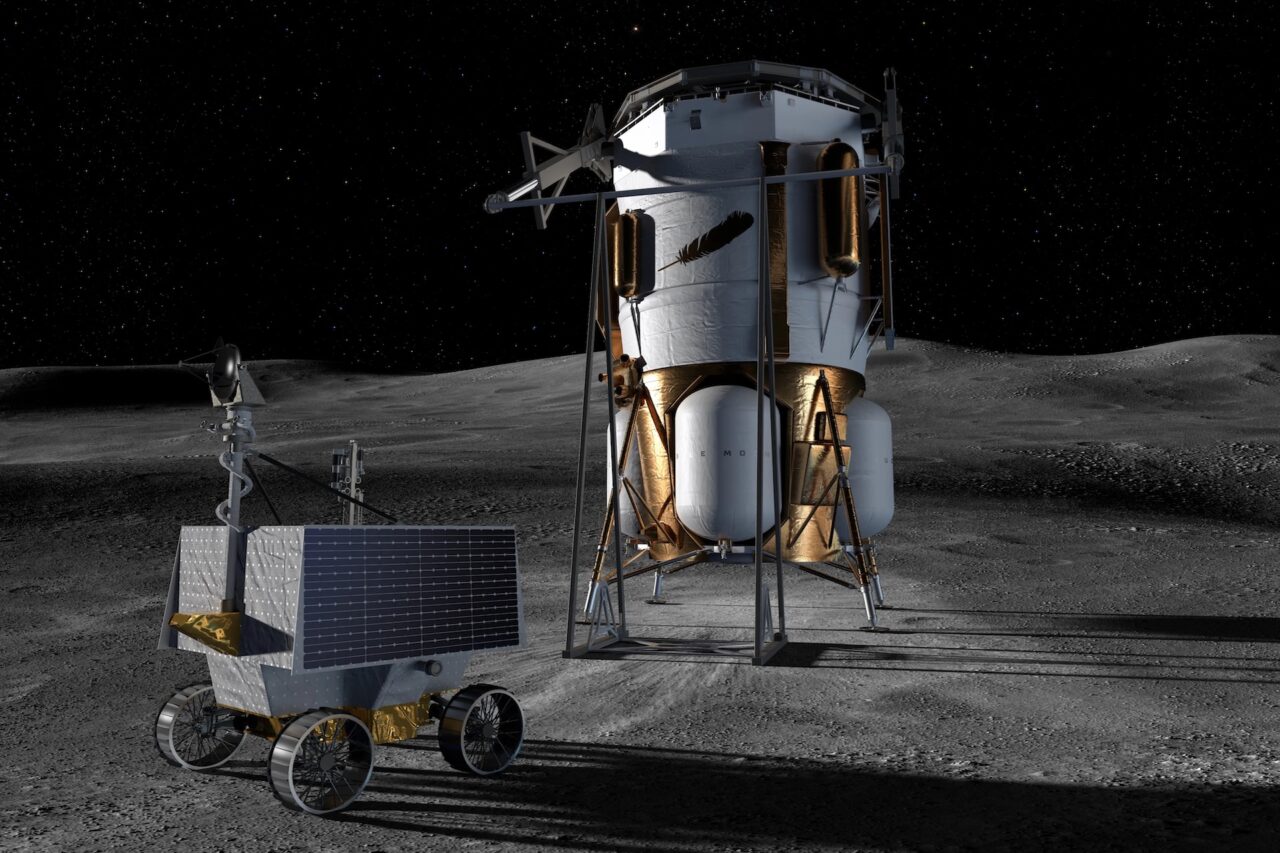NASA is exploring alternatives for its Artemis 3 lunar lander after significant delays with SpaceX’s Starship Human Landing System (HLS). Blue Origin, founded by Jeff Bezos, is emerging as a leading contender to provide a lunar lander sooner than SpaceX. Recent developments indicate that Blue Origin could potentially expedite its lunar ambitions, positioning itself as a viable alternative.
On a recent panel at the American Astronautical Society’s 2025 von Braun Space Exploration Symposium, Jacqueline Cortese, Blue Origin’s Senior Director of Civil Space, highlighted the company’s advancements with its lunar landers, the Blue Moon Mark 1 (MK1) and Blue Moon Mark 2 (MK2). Cortese stated that Blue Origin aims to launch an MK1 demonstration mission before the end of the year. The MK1 is designed to be a cargo lander that can transport up to 3 tons of payload to the lunar surface, serving as a precursor to the crewed MK2 lander.
Cortese outlined Blue Origin’s strategy for lunar exploration, suggesting a more incremental approach that could expedite the development of its lunar landers. She expressed confidence in the potential of the MK1 and the foundational work already completed. “We have what we think are some good ideas about maybe a more incremental approach that could be taken advantage of for an acceleration-type scenario,” she said.
SpaceX’s current challenges have opened the door for Blue Origin. In 2021, SpaceX secured a $2.9 billion contract with NASA to deliver the first crewed lunar lander for the Artemis program. The Starship HLS is scheduled to land astronauts on the Moon by mid-2027. However, technical setbacks have raised concerns about meeting this timeline, with experts suggesting that delays could push the landing several years beyond the target date.
The complexities of the Starship HLS, which is the largest and most intricate launch vehicle ever constructed, contribute to its delays. The system’s design requires extensive logistical planning, including an elevator mechanism to transport astronauts to the lunar surface. As development continues, its lunar landing capabilities have yet to be tested in real-world conditions.
During recent media appearances, acting NASA Administrator Sean Duffy indicated a willingness to consider other spaceflight companies for the Artemis 3 contract, emphasizing the urgency of returning to the Moon before the end of President Trump’s term. Duffy’s comments sparked a reaction from Elon Musk, the CEO of SpaceX, who took to social media to express his displeasure.
Blue Origin’s MK1 landers present a simpler alternative to SpaceX’s Starship HLS. They are based on proven technology and feature a smaller design with a lower center of gravity, which simplifies the landing process. The development team for the MK1 includes engineers from Blue Origin, Lockheed Martin, Boeing, Draper, Astrobotic, and Honeybee Robotics. NASA has already contracted Blue Origin to develop the MK2 for the Artemis 5 mission, but the company is also exploring ways to accelerate the MK2’s development for Artemis 3.
Cortese revealed that the MK1 lander is currently undergoing final assembly at a production facility in Port Canaveral, Florida. Once completed, it will be transported to NASA’s Johnson Space Center in Houston, Texas, for testing that simulates the extreme conditions of space. The MK1’s inaugural mission, named “Pathfinder,” aims to land near the Moon’s south pole, where it will validate essential systems and hardware for the MK2 lander. The mission will also carry two NASA payloads: SCALPSS (Stereo Cameras for Lunar-Plume Surface Studies) and LRA (Laser Retroreflective Array).
Cortese mentioned that the test flight is expected to launch in the coming weeks, although she did not provide specific timelines. If Blue Origin successfully launches the MK1 mission before 2026, it could significantly advance the development of the MK2, as both landers share much of the same technology.
Despite these advancements, Blue Origin faces critical challenges before launching a crewed MK2 mission. It must demonstrate effective propellant transfer, validate the life-support systems, and secure crew certification. Additionally, even if NASA chooses Blue Origin for Artemis 3, integrating this alternative landing system into the existing mission architecture could present unforeseen difficulties.
As the pressure mounts on SpaceX to deliver a reliable human landing system by mid-2027, it remains to be seen whether Blue Origin’s progress will spur competition in the race back to the Moon. The coming months will be crucial for both companies as they strive to meet NASA’s ambitious goals for lunar exploration.







































































